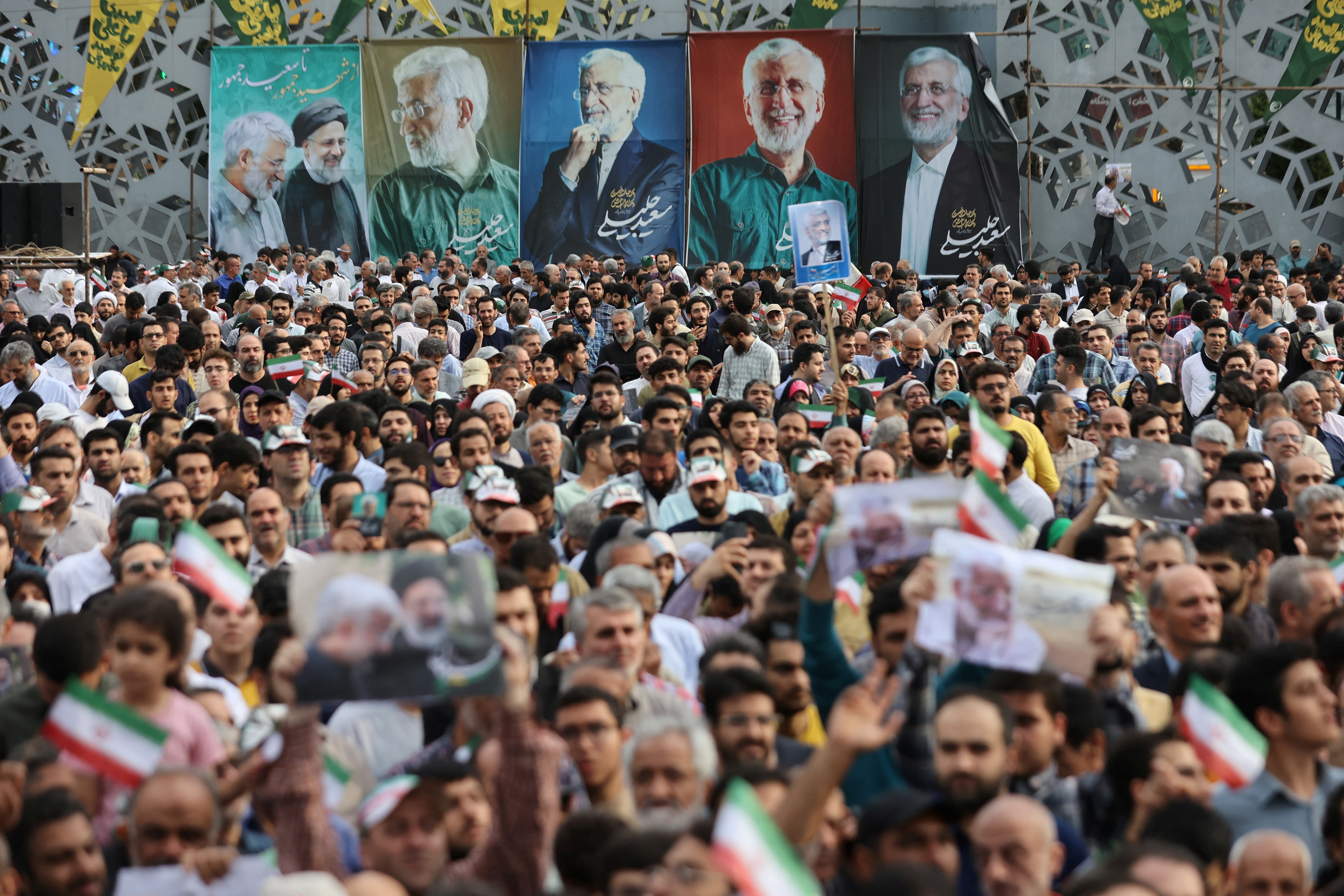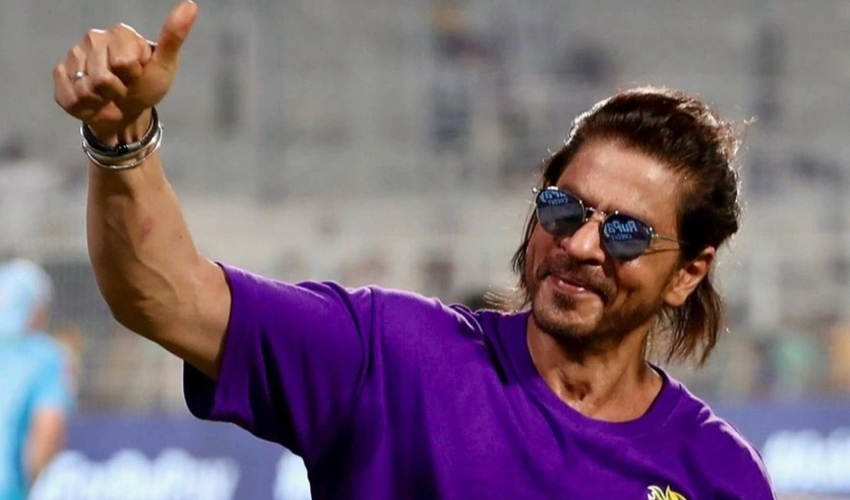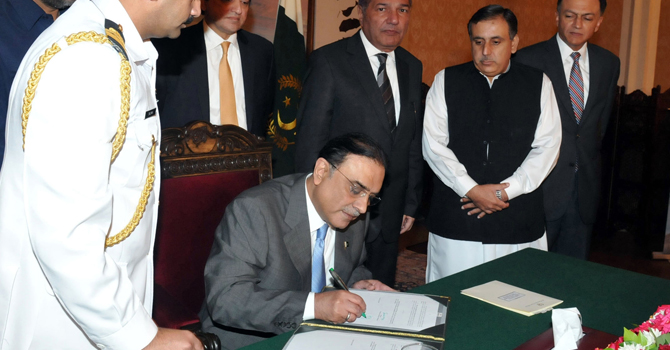Popular News
Iranians begin voting for new president after Ebrahim Raisi’s death

Polling opens in a presidential election in Iran to replace late president Ebrahim Raeisi who lost his life in a helicopter crash.
Ayatollah Seyyed Ali Khamenei, the Leader of the Islamic Revolution, cast his ballot at a polling station in Tehran just as the voting began today. On the occasion, calling for a high voter turn out, he said: “Durability, consistency, dignity and prestige of the Islamic Republic in the world depends on the presence of the people.”
Khamenei further said that in order to prove the health and sincerity of the Islamic Republic’s system, the presence of the people is necessary and obligatory.
Earlier, voting started at 8:00 a.m. (04:30 GMT) that continue without break for 10 hours until 6:00 p.m. The interior minister has the authority to extend the voting time if necessary.
Over 61 million Iranians are eligible to vote, according to the head of the election headquarters. Four candidates are contesting for the president office.
Two candidates have withdrawn from the race in Iran’s presidential election as campaigning ended a day ahead of the vote.
Tehran Mayor Alireza Zakani and government official Amir-Hossein Ghazizadeh Hashemi are out from the race.
Alireza Zakani, the mayor of the capital, Tehran, said on Thursday that he was backing away, in a post on X.
The snap election will be held on Friday following the death of President Ebrahim Raisi in a helicopter crash in May this year. The next presidential vote was scheduled for 2025.
Candidates
As of now, as many as four candidates were nominated for the presidential polls.

Mohammad Bagher Ghalibaf, Saeed Jalili, Massoud Pezeshkian and Mostafa Pourmohammadi.
The candidates have staged a low-key campaigns, and held debates where they vowed to tackle economic challenges and offered varied views on Iran’s relations with the West.
Mohammad Bagher Ghalibaf
Mohammad Bagher Ghalibaf, 62, the current speaker of Iran’s parliament, has long hoped to become president. He also ran in the 2005 and 2013 presidential elections but failed. He pulled out of the 2017 presidential race in favour of the ultra-conservative Raisi.
Saeed Jalili
The 58-year-old is seen as a beloved figure in the Iranian regime’s ultra-conservative group. Jalili was Iran’s top negotiator in international negotiations on the country’s nuclear program.
He is currently a member of the “Gathering Assessment System”, which Supreme Leader Ayatollah Ali Khamenei has set up to end disputes between Iran’s parliament and the Guardian Council.
Like Qalibaf, Jalili ran for president in 2013 and dropped his candidacy in 2017 in favor of Raisi.
Massoud Pezeshkian
Former health minister Massoud Pezeshkian is believed to be more moderate than his presidential rivals. The 69-year-old leader tried to run in 2021 but was disqualified by the Guardian Council.
Allowing Pezeshkian to contest elections in 2024 can be seen as a government strategy to increase turnout by mobilizing more liberal voters. However, their chances of success are slim.
Mostafa Pourmohammadi
Mostafa Pourmohammadi is the only cleric running for president this year. Mostafa, 64, served as interior minister from 2005 to 2008 and minister of justice from 2013 to 2017 in President Ahmadinejad’s government.
In the 1980s, he worked as a prosecutor in revolutionary courts and later as deputy intelligence minister. They are allegedly linked to mass executions of political prisoners.
How voting process works
To qualify as a candidate, presidential hopefuls must be of Iranian origin and an Iranian citizen.

All Iranians aged over 18 can vote, which means that over 61 million of Iran’s more than 85 million people are eligible to cast a ballot.
All votes will be counted manually so the final result may not be announced for two days, although partial results may appear sooner.
If no candidate wins at least 50 percent plus one vote of all ballots cast, including blank votes, a run-off round between the top two candidates is held on the first Friday after the election result is declared.








